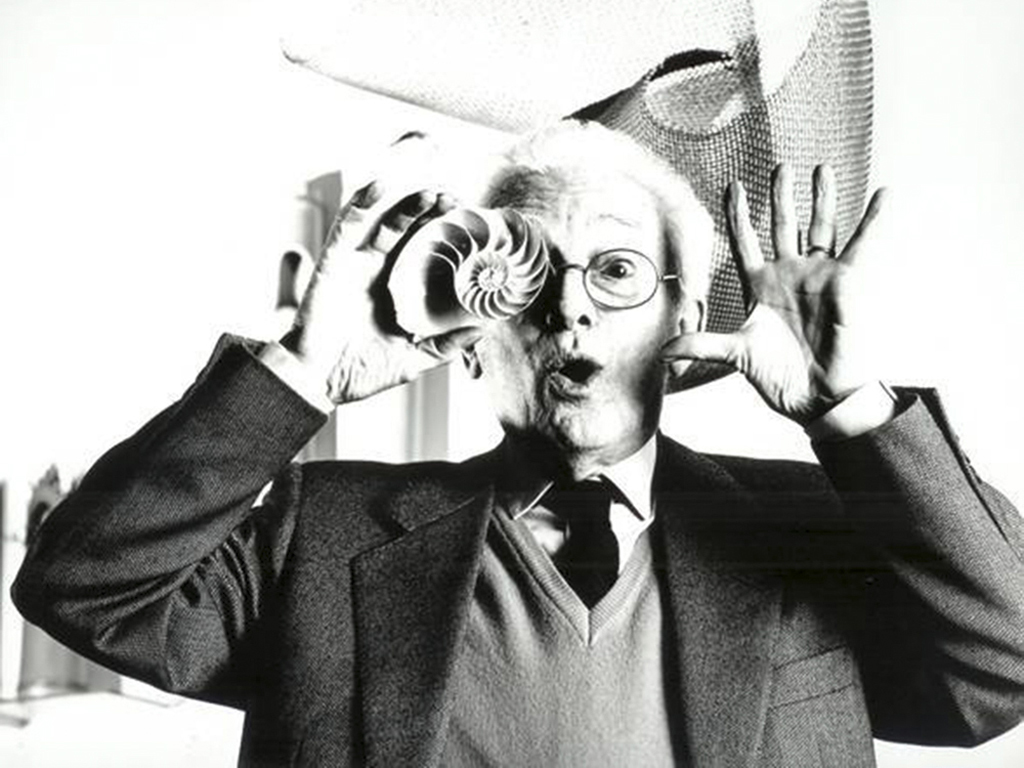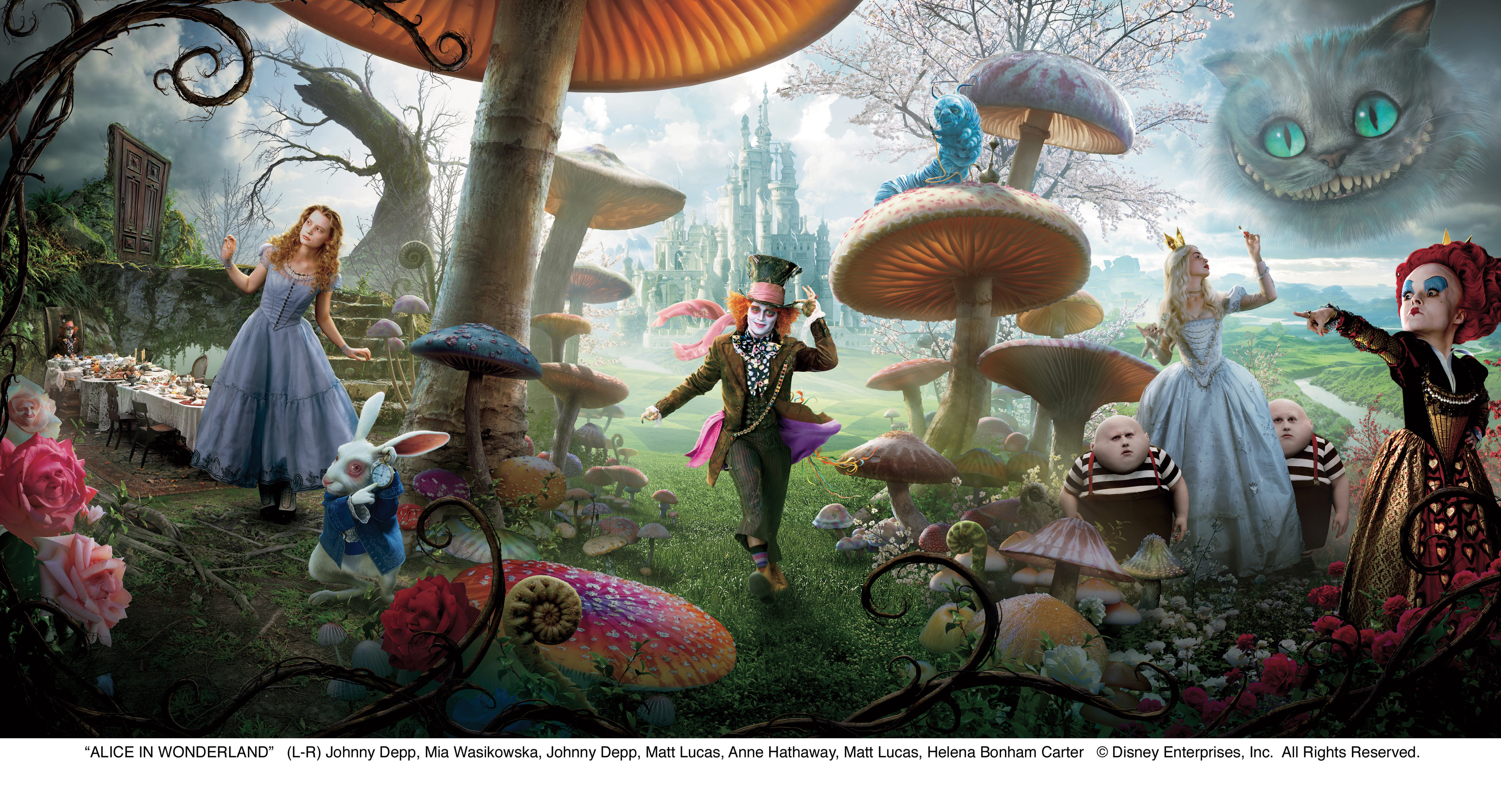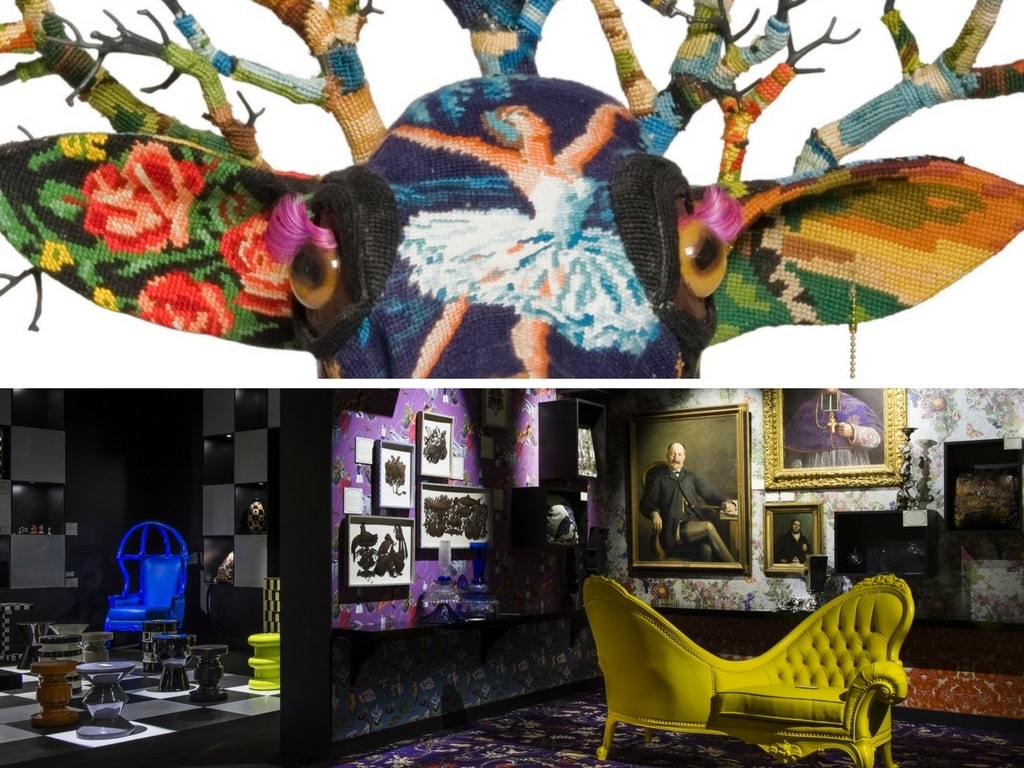“Oh, that’s funny,” says a 3-year-old boy on his dad’s shoulders, looking at Morrel’s Strangeye Flower and Bugs, “but scary.”
Hands in his dad’s hair, he was taken around the rest of the museum space of the House of Games exhibition at Maison&Objet’s September show in Paris.
Three wildly fun rooms made up the House of Games: the game room, the salon and the museum. Exiting the museum, visitors could enjoy looking through the various works dedicated to games and gaming at the House of Games bookstore/café. Down the hall in the conference room, the creator of this year’s inspiration exhibition, Vincent Grégoire from Agence NellyRodi, spoke about his installation.
The Break & Make Design Gen
“They grew up with games. Everything’s a game for them.”
Grégoire explained that games now appear in every area of life, including work, and links this to a new game, the goal of which is to play with identity; he believes gaming brings positive results, allowing people to be more creative. During the conference he gave Friday (Sept 2), he points to three aspects of the game that’s reconstructing the design world: society, role and chance.
We don’t work, we play.
In society, we see a growing need to leave the screen and spend time with others, so we’re finding co-workers playing games like Scrabble together at lunchtime or companies like Google who install play areas. There’s even a mixing of the classes as big brands begin producing stylish board games. This “We don’t work, we play” ideology is the heart of today’s design generation.
As for roles, such as male and female or young and old, a mix-and-match system through digital surrealism seems to be of order. While artists such as Blase add humor to restored paintings and portray the male-to-female role exchange like in Elzo Durt’s collages, architects redefine structural use by plopping hotels, for example, on the roof of other structures. “I can’t count the number of architecture projects that use the roof as a podium.” Grégoire points to Philippe Starck’s ”surrealist” and ”poetic” hotel to be launched in 2018.
“We need to let go of what’s ‘good taste’ or ‘bad taste’ and just add some taste.”
Lucky numbers and symbols are scattered upon objects, offering a chic spirit of hope. Designers are amplifying this “luck is in the stars” philosophy. With eyes everywhere–like Marion Delarue’s Amulet Set of Jewelry–, Grégoire believes this shows the present generation’s desire to feel surrounded, rather than alone in front of their device, “While still holding onto the idea of fantasy,” he said when presenting work from Kristjana S. Williams and Moooi.
Studio Job, according to Grégoire, exemplifies the idea of “making fun of ourselves and playing with the system.” Grégoire explained that today’s design generation bends the rules, takes things apart and builds from pieces taken left and right. He defines them as the break-and-make designers.
Go inside the House of Games with us here.

Studio Job and Land Rover 2013. Courtesy of the artist.
A New Definition for “Game”
The following day Francois Bernard from Agence Croisements, behind the House of Games café, spoke about the rules of play and design.
The French dictionary Larousse defines ‘game’ as “a physical or mental activity, not necessary, not for any utilitarian purpose, and to derive pleasure.”
This notion of an unuseful activity, explained Bernard, dates back to the 19th century and has since been widely rendered inadequate. Similar to Grégoire, Bernard offers Google as an example, which has proved the actual need for games and sports activities to better improve working habits and to stimulate the mind.
As for the design world, “we have never before seen so much desire to break the rules in creation.” A designer’s role is to constantly research form, to recreate and redefine it. Bernard took listeners through time with Bauhaus’ simple volumes and Italian artist Bruno Munari’s breaking and remaking form—rejoining Grégoire’s thoughts on today’s break-and-make designers.
“Munari [1907-1998] revolutionized the way to design.”

Image via ViviCreativo
Today designers, according to Bernard, are playing with the balance between sky and land, i.e. gravity, aiming to create some instability in our rather static lives. Bernard points to Nendo for Kartell, Front for Thonet Vienna, Marcel Wanders for Moooi and Marc Newson for Magis, among others.
“We free ourselves from linear thinking and break down the design process to come up with new realities,” Arik Levy stated in the press release for his NORTH lamp collection for VIBIA.
In the House of Games café that Bernard planned, he too played with gravity by installing several AM.PM hanging chairs that separated the inspiration desk from the bookstore area.
“This is great,” a woman says to her friend as they each swung on an AM.PM hanging chair, with a very large red dice from Anne-Claire Petit preventing collision.
Go inside the House of Games with us here.
Let Us Feel Alive
“This isn’t just a seasonal trend,” said Grégoire.
It seems we’re in for a long run of astrology and fantasy incorporated in design. We might soon find our world turned into an out-of-this-world fairyland.
“We need to feel alive,” said Bernard.
We need wild, fun, life; we need to feel again. This is why window display designers are being sought after more and more, according to Bernard. Manufacturers know the average individual wants to be struck by something amazing.
We’re left wondering how the world will really look in 2050. Is Lewis Carroll’s Alice in Wonderland from 1865 slowly coming to life? It may no longer be enough to watch the fun via cinematic delight; we want to be a part of the show.














